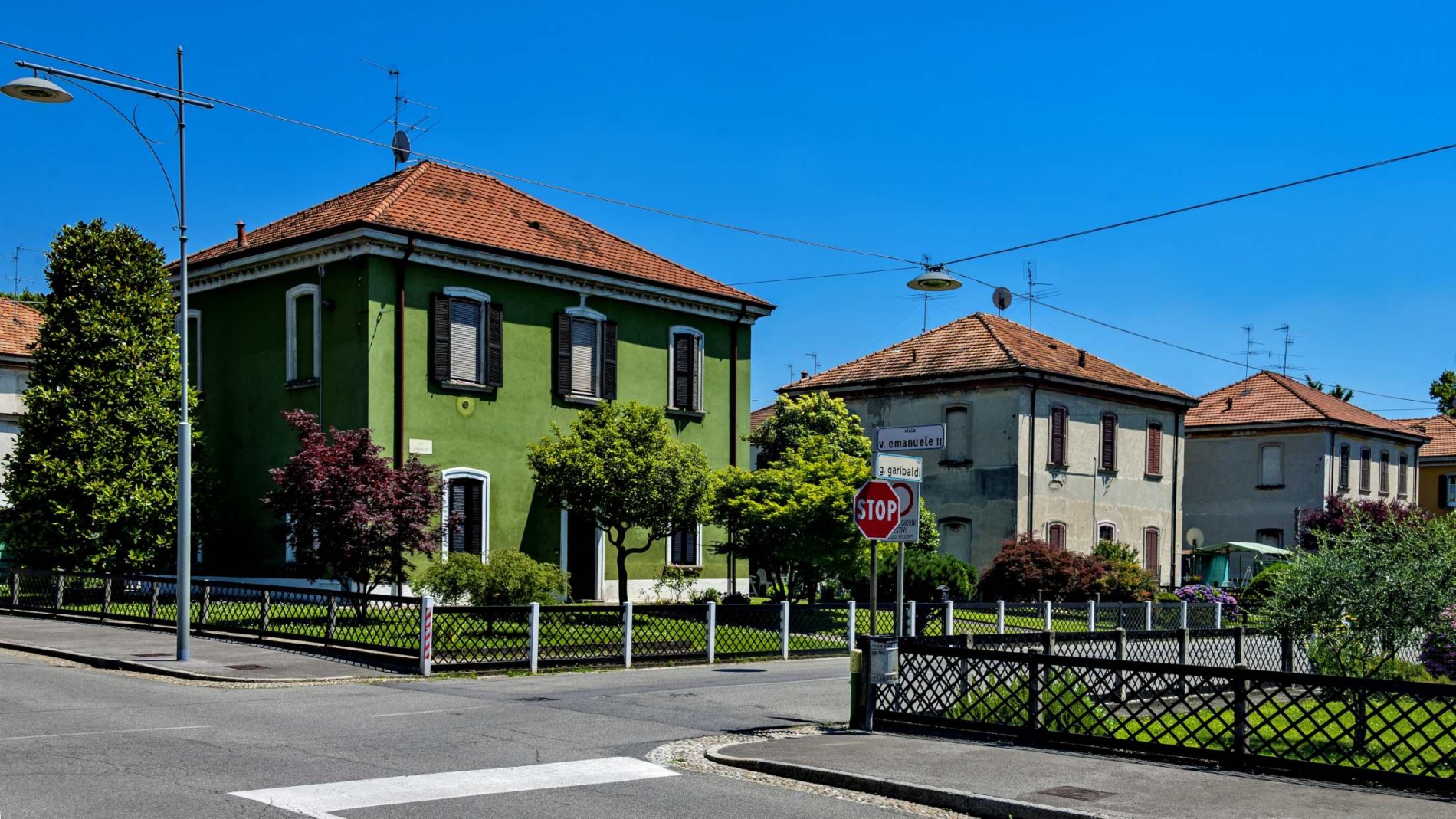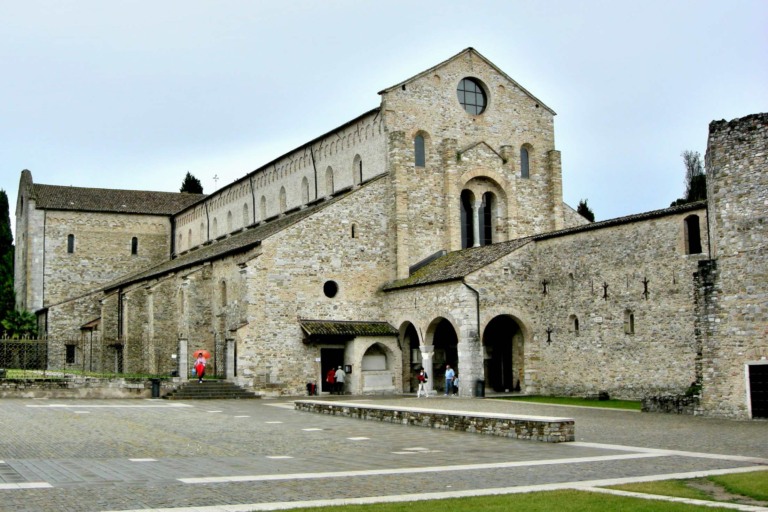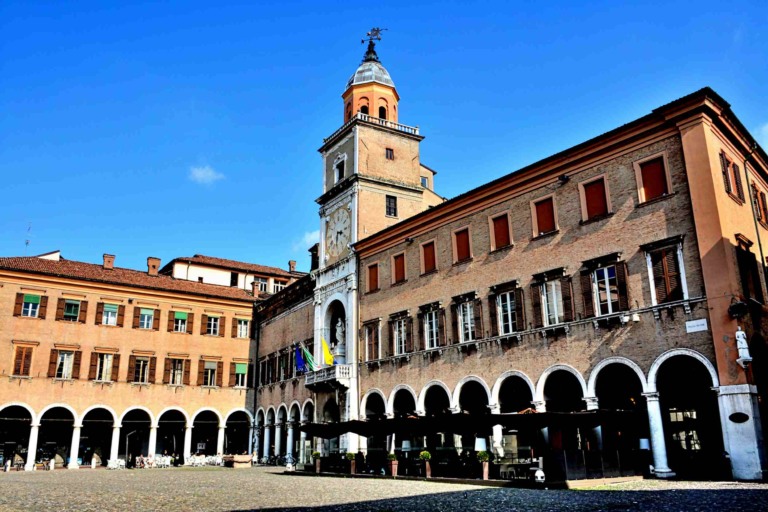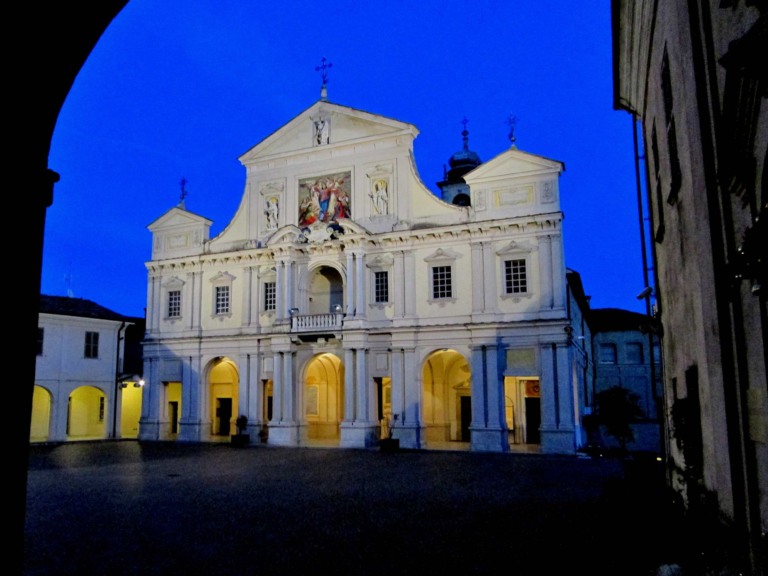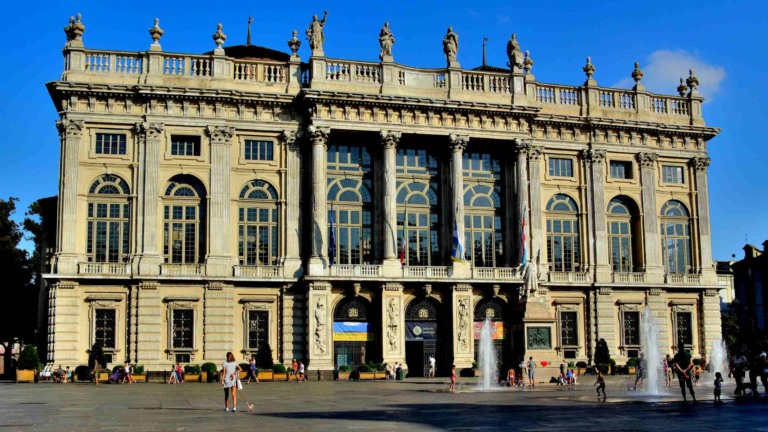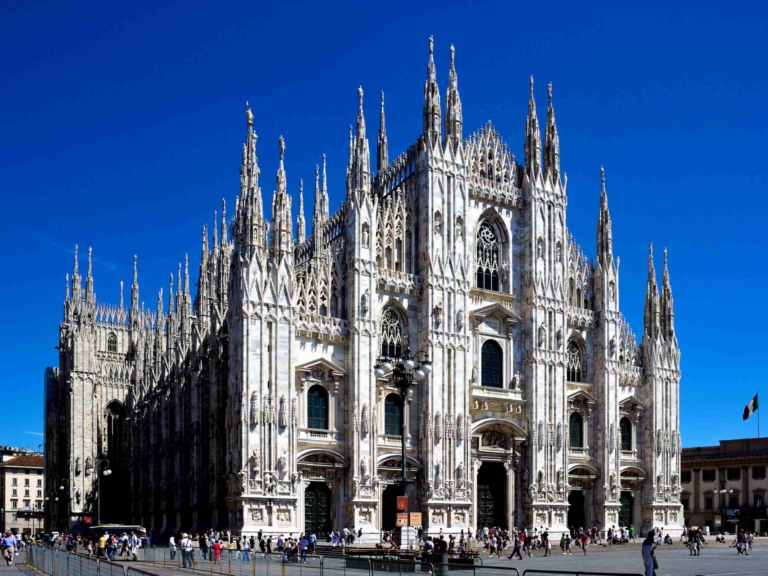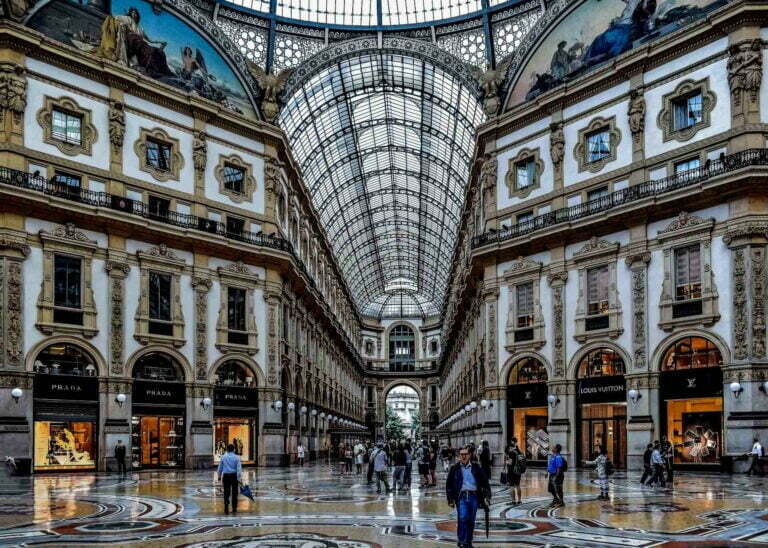Crespi d’Adda is a village in northern Italy and a hamlet (frazione) of Capriate San Gervasio, which is a town in the province of Bergamo, Lombardy. It is a historic village and a great example of the “company towns” built in Europe and North America in the late 1800s and early 1900s to meet the needs of workers. The site is still there and is used for some industrial purposes, but its survival is now threatened by changes in the economy and society.
Crespi d’Adda History
In 1869, a textile maker from Busto Arsizio (Varese) named Cristoforo Benigno Crespi bought the 1-kilometer valley between the rivers Brembo and Adda, south of Capriate, so that he could build a cotton mill on the Adda’s banks. In his cotton mill, Cristoforo Crespi used the most modern ways of spinning, weaving, and finishing. A few kilometers upstream on the Adda River, the hydroelectric power plant in Trezzo was built around 1906 for the maker Cristoforo Benigno Crespi.
The settlement next to the cotton mill was built in 1878. It was a neighborhood with social services like a clinic, a school building, a theater, a cemetery, a wash house, and a church. Both the town and the plant were lit up, and Crespi d’Adda was the first village in Italy to have modern public lighting. The English-style homes for the workers are lined up along parallel streets to the east of the plant. The industrial area is separated from the houses by a tree-lined street that looks out over a checkerboard road plan.
The architect Ernesto Pirovano was in charge of the whole building and town planning, except for the first spinning department, which was made by engineer Angelo Colla. Pirovano and the engineer Pietro Brunati worked on building the village for about fifty years. In model shops, small, toy-like buildings were made to teach and show new ways of thinking about society and scientific advances to the locals.
These models were kept in suitcases. After spending some time in Oldham, England, Cristoforo Crespi’s son, Silvio Benigno Crespi, started working as a director at the business in 1889. He chose a single-family house with a garden over a big building with many apartments because he thought it would help people get along and protect them from industrial strife. He put this plan into action in 1892 and the years after that, and it worked because there were no strikes or other kinds of social disorder during the fifty years that Crespi was in charge.
Great Depression Effects: The Great Depression of 1929 and the hard economic policies of fascism forced the Crespi family to sell the whole town to the Italian textile company STI. In 1970, STI sold the town to the Rossarl e Varzi company. People who live in the village now are mostly descended from the first workers. Only in 2004 did the plant stop making cotton textiles, which was what it had been doing the whole time it was open.
Crespi d’Adda Location
The village is on the eastern side of the river Adda, south of Capriate San Gervasio. It is near the border between the provinces of Bergamo and Milan. Trezzo sull’Adda, Brembate, Vaprio d’Adda, and Canonica d’Adda are also close by. It is 19 km from Bergamo and its airport, 30 km from Monza, and 47 km from Milan. The closest motorway exit, “Capriate,” is 2 km to the north and is on the A4 Turin-Trieste highway.
Crespi d’Adda Monumental Places
Buildings for worship: The parish church was built starting in 1891 under the direction of engineer Pietro Brunati. The bishop, Gaetano Camillo Guindani, opened it in November 1893. The church was built on the site of a shrine to Mary in Busto Arsizio. The church was built in 1517 and named for St. Mary of Help. This church is the best connection between Busto Arsizio, where the Crespi family is from, and the village, which is the best example of the cloth industry.
The parish church in Crespi d’Adda is square with an Adda-strain base. It has a big octagonal dome on top and a white marble loggia around the outside. Inside, there are a lot of frescos and paintings on paper that Cristoforo Crespi paid for himself. Even now, people in the area use the church for everyday religious ceremonies.
Crespi d’Adda Graveyard: Cristoforo Crespi ordered the building of the cemetery to begin in 1905, and it was finished in November 1908. The cemetery is a huge building, and the main part is the tomb, which is for the Crespi family. The graves of family members are in the tomb. Crespi Castle: Between 1893 and 1894, the castle in Crespi was built.
The castle was the family’s manor house, and its style is typical of buildings from the Middle Ages in the 1200s. Ernesto Pirovano was the person who planned it. The family spent the summer at the country house. At the end of 1960, the house was turned over to the town of Capriate San Gervasio. From 1968 to 1981, it was the village’s high school. After that, it was turned into a professional school.
The house and the factory: In July 1878, the plant started making textiles and processing cotton. The plant got bigger when Silvio Crespi was in charge. A new opening happened in 1894, and Queen Margherita was there. In 1896, the new production lines began to work in a planned way. In its long history, the factory has gone through several structural changes to keep up with changes in industrial production and textile manufacturing.
In 1973, a textile company called Legler bought the plant and put people to work there. They did this until the factory went bankrupt in 2003 and had to close. Today, the plant is a museum of industrial history that is open to the public. It has been on the list of UNESCO World Heritage Sites since 1995.
